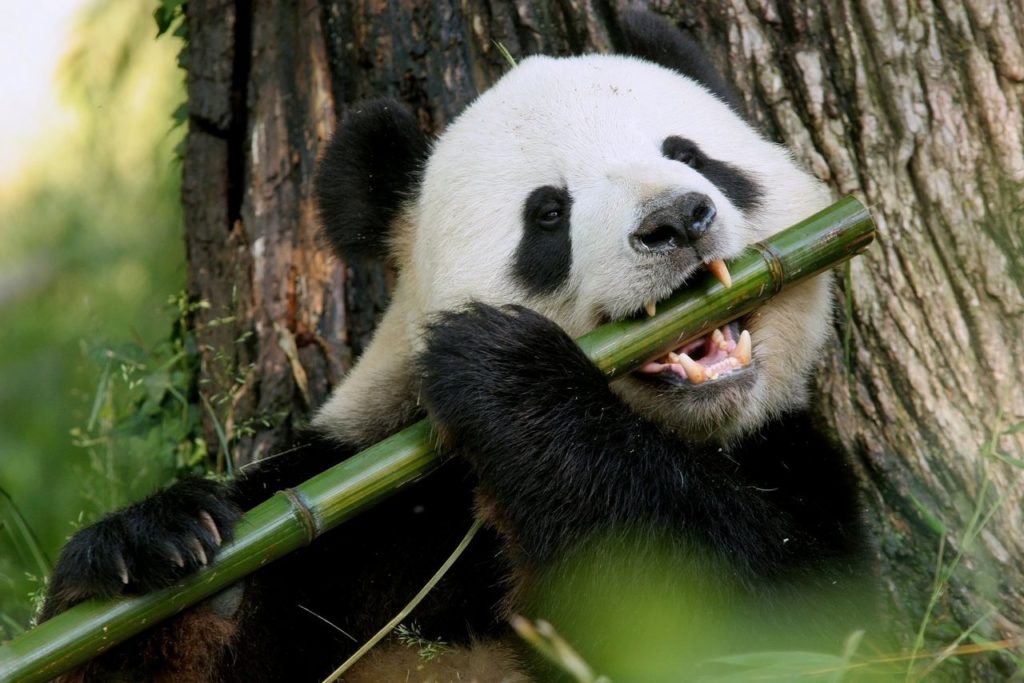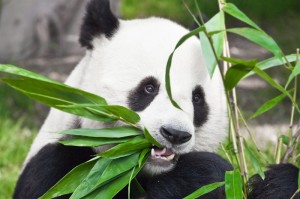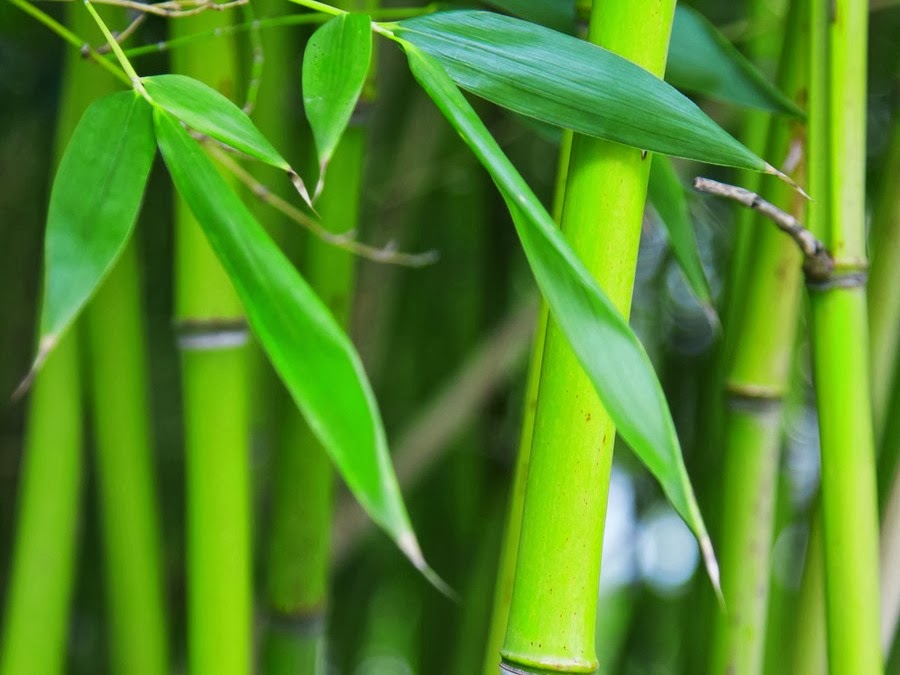Time to meet new friends!
Time to meet our new friends. Just like us, they love bamboo. They like to eat bamboo! Not the thick fully grown sticks that we use in our clothing, but the soft leaves, young green twigs and shoots.
Pandas spend most of the day eating. In the Chinese mountains it is usually very cold. To stay warm, pandas need a lot of energy. So they have to eat a lot, up to 40 kilos of bamboo per day. To achieve this, the pandas need to eat fourteen hours a day.
Research has shown that pandas do not actually digest their favorite foods at all, barely 17% are digested.
Did you know that the panda is very slow because it puts a lot of energy into chewing the tough bamboo and detoxing its meal?
Bamboo, especially the new shoots, contain a highly toxic substance, called bamboo-kun. This is an antimicrobial agent that gives the plant a natural resistance to pests, bacteria and fungi.
This is responsible for the great properties of our clothing: Antibacterial and anti-allergic. Bamboo clothing is well tolerated by the skin and you stay fresh longer on hot days.
The panda that eats the bamboo is less happy with this, it causes him trouble with digestion.
But the panda is completely adapted to this. Evolutionary, he has armed himself against the poison and has learned to tolerate it well.
Pandas are solitary animals. That means that they live alone, and not in pairs or in a group. Pandas only come together during mating season.

Is bamboo cultivation good or bad for the panda population?
Don’t worry, we will keep away from the natural habitat of the panda. We do not cut the bamboo from the natural habitat of the panda, this is protected area. Pandas eat Bashania faniana bamboo, this is the most common species in the mountain regions of China where the panda lives.
For the production of our fabrics and clothing choose Moso Bamboo. Moso or Groove bamboo is extremely suitable for processing into textiles and as a substitute for wood.
More bamboo cultivation has a positive effect on the environment. It offers an alternative source for the wood, construction sector and textile industry. This way deforestation is prevented.
Did you know:
• The scientific name for the panda is Ailuropoda Melanoleuca. Melanoleuca means black and white in Latin and that is exactly the color of the fur of the Panda.
• The Chinese name of the panda is 大熊猫 (dà xióng māo). That literally means big bear cat.
• The name panda as we know it comes from the Nepalese word Poonya, which means bamboo eater.
• A giant panda has 6 fingers: 5 normal fingers and an extra finger that helps hold the bamboo.
• A panda is busy chewing bamboo 14 hours a day, because bamboo is very tough and difficult to digest.
• At birth, a panda weighs approximately 150 grams (= the weight of a kiwi). He is 900 times lighter than his mother.




